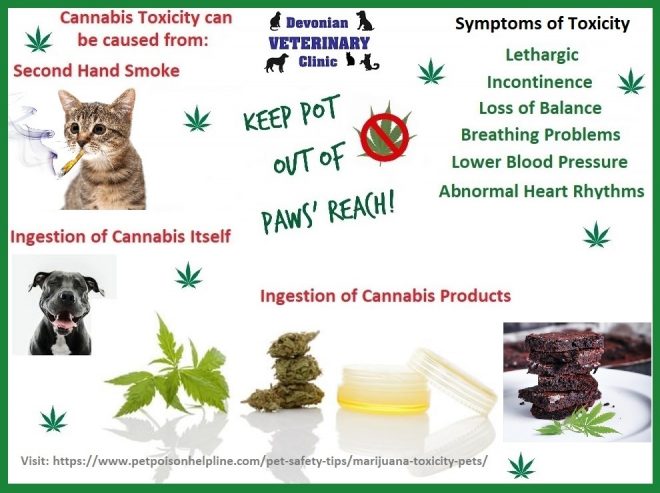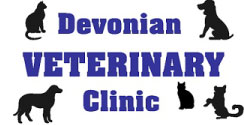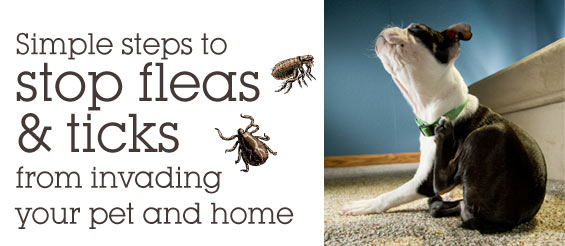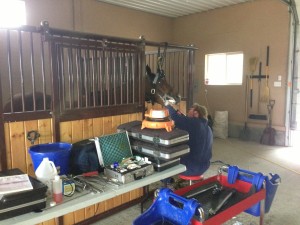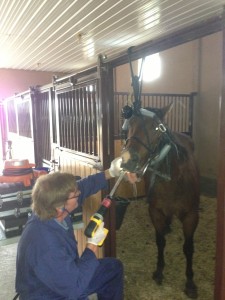Throughout our careers as Veterinarians and Techologists we share an abundance of experiences while working with animals. These experiences range from good to bad, joyful to tragic, comic to maddening. What becomes clear early on in your professional career is the responsibility to communicate with people the things that animals cannot verbalize and advocate for them. In most regards we are successful and we make animals lives better.
One of the experiences we all share as we work with animals is the need to help them and their owners with end of life decisions. Often this is seen as a sad, emotional and difficult time for pets and their owners but I would like to share some of the joy and positive messages we also take away from these situations.
In December we lost a beloved and valued dog whose place in society and contribution to the public were in some regards inestimable. PSD Bolt (police service dog) a revered member of the RCMP K Division in Edmonton passed away. Bolt was stationed at the Edmonton International Airport during his career and his responsibilities were wide ranging. Bolt did not die in the line of service. He was not injured, shot or traumatized. Bolt passed away due to the deterioration caused by inoperable cancer. The same type of problems that afflict friends, loved ones and thousands of people every day. The cancer Bolt had affected the base of his heart and from diagnoses to the day we helped ease Bolt’s final pain and distress he received a short retirement of only 4 weeks. Those weeks were happy ones for Bolt and he enjoyed some of the retirement he was due albeit short. My family and I were the very lucky ones who were able to share this time with Bolt.
It is Bolt’s heart I would like to discuss. Not his physical heart but the heart that made him the dog he was. The heart that distinguished him as an elite canine athlete with the disposition to be selected as a candidate for the RCMP service dog division. RCMP service dogs go through a rigorous selection process which evaluates them for the correct physical and behavioral attributes and when they make the cut they are assigned to an RCMP dog handler. In Bolt’s instance he was assigned to Constable Joel MacKown of K Division. Cst. MacKown is himself an elite, experienced and highly respected member of the RCMP Canine Divison. It has been our honor at the practice to know and follow Cst. MacKown’s career over many years and to see his evolution as the handler he is today. I have been very fortunate to have retired PSD Brit, PSD Badge and subsequently Bolt as their careers ended. All three of these truly amazing dogs distinguished themselves at the hands of Cst. MacKown.
Bolt loved the job he did and the reward for doing the job well. On any day if you were to meet Bolt you would have been amazed at his control, his desire to meet and greet people, his love of kids and public appearances. On any day you would see a happy dog with his tail always flagging – a sign of a genuinely happy and satisfied dog. On any day he could be counted on for his activities in emergency response, sniffing out and detecting incendiary devices, tracking the individuals who perpetrate the crimes that give reason to having him and constable MacKown looking after all of us. On any day he made our lives safer, he made the airport more secure – he protected us. It was all he knew, all he wanted. He did his job with heart and happiness. He did his job without complaint, asked for little reward and he was satisfied with the encouragement, kind words and pats from his handler Cst. MaKown . An incomparable ethic. All of our lives were a little safer with Bolt and Cst MacKown.
On behalf of our clinic, its staff, our community, our country, we thank Bolt, Cst. MacKown, and the RCMP for keeping us safe and being the proud tradition all Canadians have come to love.
Dr. Dave Harris, Dr. Corrine Robinson, Dr. Shanti Simaranam, Dr. Detlef Onderka
Sheila Maichen AHT, Christine Strand AHT, Tammy Osbaldeston AHT
Sam Lessard VAA, Brianna Kathol VMR




